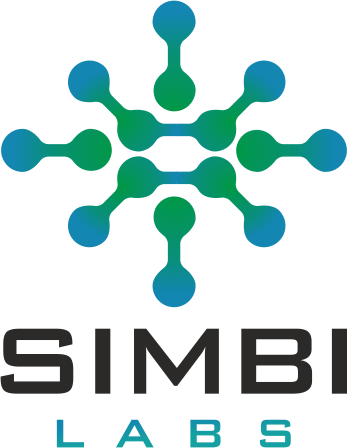Hidden Powers and Applications Beyond Data Analysis

R is anopen-source software environment and programming language that is mostly used in data analysis and statistics. R is not restricted to those domains, though. It has been well-liked in many other domains, where experts use it to solve challenging issues, evaluate enormous datasets, and reach well-informed conclusions. Let’s examine in an understandable manner how R is applied outside of conventional statistics and data analysis.
1. Medicine and Bioinformatics
R is powerful programming language which is mainly used in medicine and bio informatics for statistical computing, data visualization and analytics. It’s particularly useful for large biological datasets from experiments like RNA-seq, CHIP-seq as well as creating high quality visuals.
Specific Applications in Medicine and Bioinformatics:
Gene Expression Analysis:
R is used to analyse gene expression data from RNA-Seq and microarray experiments, identifying differentially expressed genes and visualizing results using plots like heatmaps and volcano plots.
Structural Bioinformatics:
R can be used to analyse and predict the three-dimensional structures of biological macromolecules which including proteins, RNA, and DNA, aiding in understanding the structure-function of relationships.
Drug Discovery:
R plays a crucial role in drug discovery by helping identify potential drug targets, designing drugs computationally, and repurposing existing drugs for new therapeutic applications.
2. Finiance and investments:

R helps professionals to perform complex mathematical calculations to manage risks, predict finical trends and also to create investment straggles. Since finance is data driven and R’s ability to handle large amount of information make it powerful tool.
3. Economics and social science:
R is also valuable tool in Economics and social science. It has R to examine the financial information, which includes how inflation impacts unemployment or how government policy changes consequence income disparity, therefore enabling users to grasp intricate interactions between multiple economic elements and enabling them to forecast forthcoming future trends.
4. AI ML:
In AI, R is used to train the model to recognize patterns and predict outcomes and even to make decisions. It’s especially useful for the tasks like “Natural Language Processing”. Which is used in applications like chatbot and voice assistance.5. Sports Analytics:
5. Sports Analytics:
Surprisingly, R is also used in sports! Team, coaches and analysts uses R to look at data about player performance, game strategies and even fan behaviour. By analysing statistics like points scored player moments or how a team performance under different conditions. R helps teams to make smarter decisions.
Conclusion:
Although R is best known for its role in statistics and data analysis, its applications extend far beyond those areas. From Medicine Bio informatics to finance AI, sports. R is valuable tool in many fields. Its flexibilities, data manipulation capabilities and ability to make powerful visualizations make it more indispensable for professionals looking to analyse complex data and make informed decisions.
